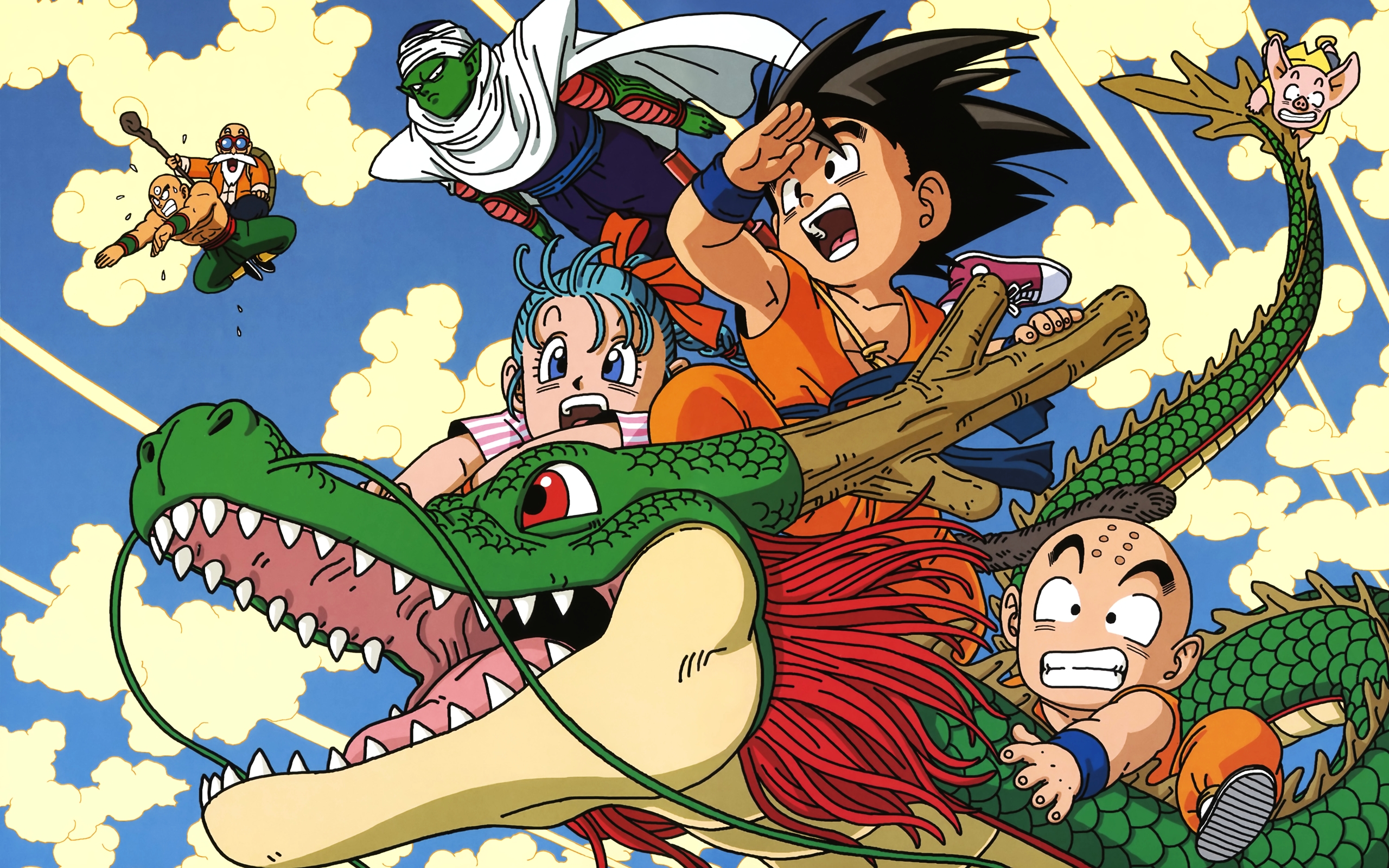The Question
Obviously, there are still some parts of the question that are missing, and it still needs some work. Currently, I feel pretty confident about this being the basic structure of my question.
Scope: Narrowing my scope has not been very hard. The fact that I am comparing the subbed and dubbed version of different anime really limits the scope of my question. But, I also limited my scope by narrowing down my question to only specific anime shows. The fact that most of these anime shows have around than 25 episodes, each less than 30 minutes long, along with the almost three months we have to research, means that I have plenty of time to conduct my research, and even add more anime series.
Key Terms: The first term I need to define is “thematic difference.” I need to define what a theme is and then show my method of deterring the differences in these themes. The other two terms that I also need to adress are what a subtitled version of an anime is and what a dubbed version of an anime is. I have already found research papers that define and describe subtitled versions of anime and dubbed versions of anime. To define these two terms, I will be showing the process of how an anime is subtitled versus the process of how an anime is dubbed.
Assumptions: The largest assumption this question has is that there actually a thematic difference between a subtitled and dubbed version of an anime. This is where my literature review comes in. In my literature review, I will be spending lots of my time trying to show and prove that there is actually a thematic difference in subtitled and dubbed anime. The academic gap is that there is no clear indication or research of what these thematic differences actually are.
Variables: There are several variables here at play. The two broader variables at play here are the American and Japanese cultures. The more specific variables are the audience in America, the subtitled version of anime, and the dubbed version of anime.
Gap/Significance: This question is filling a pretty big gap in the research on anime. Many articles and research papers I have read, have all acknowledged that there are certain themes that are being changed when an anime is brought over to America. Some even hint at what these themes are. However, there is no in-depth research paper or study done that focuses specifically on what these themes are and what their broader implications are regarding American culture. This is where I hope to come in, by specifically looking for the changes in these themes, while also seeing how these themes are changed and what this can tell us about American culture.
Word Count: More than 400










